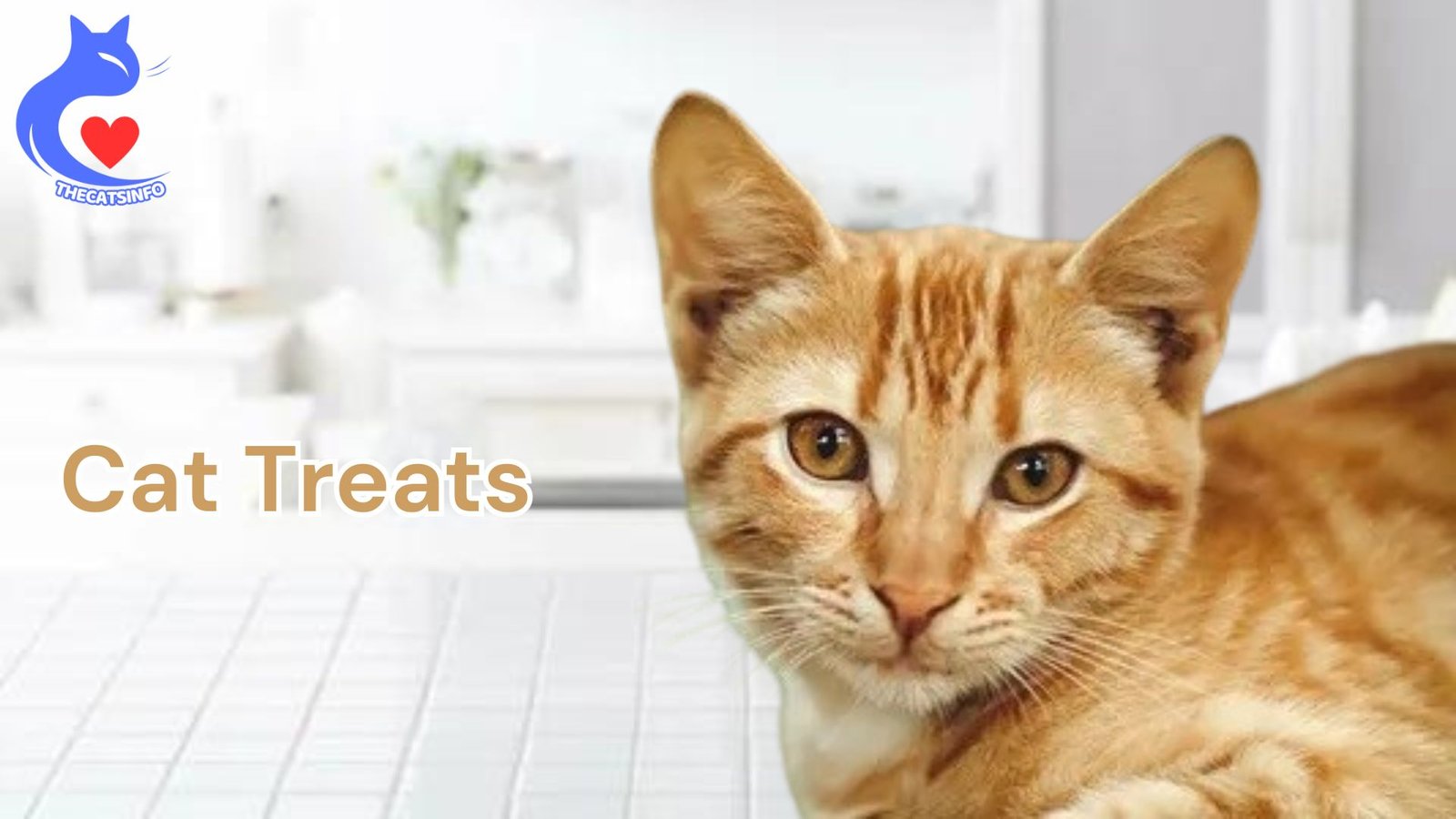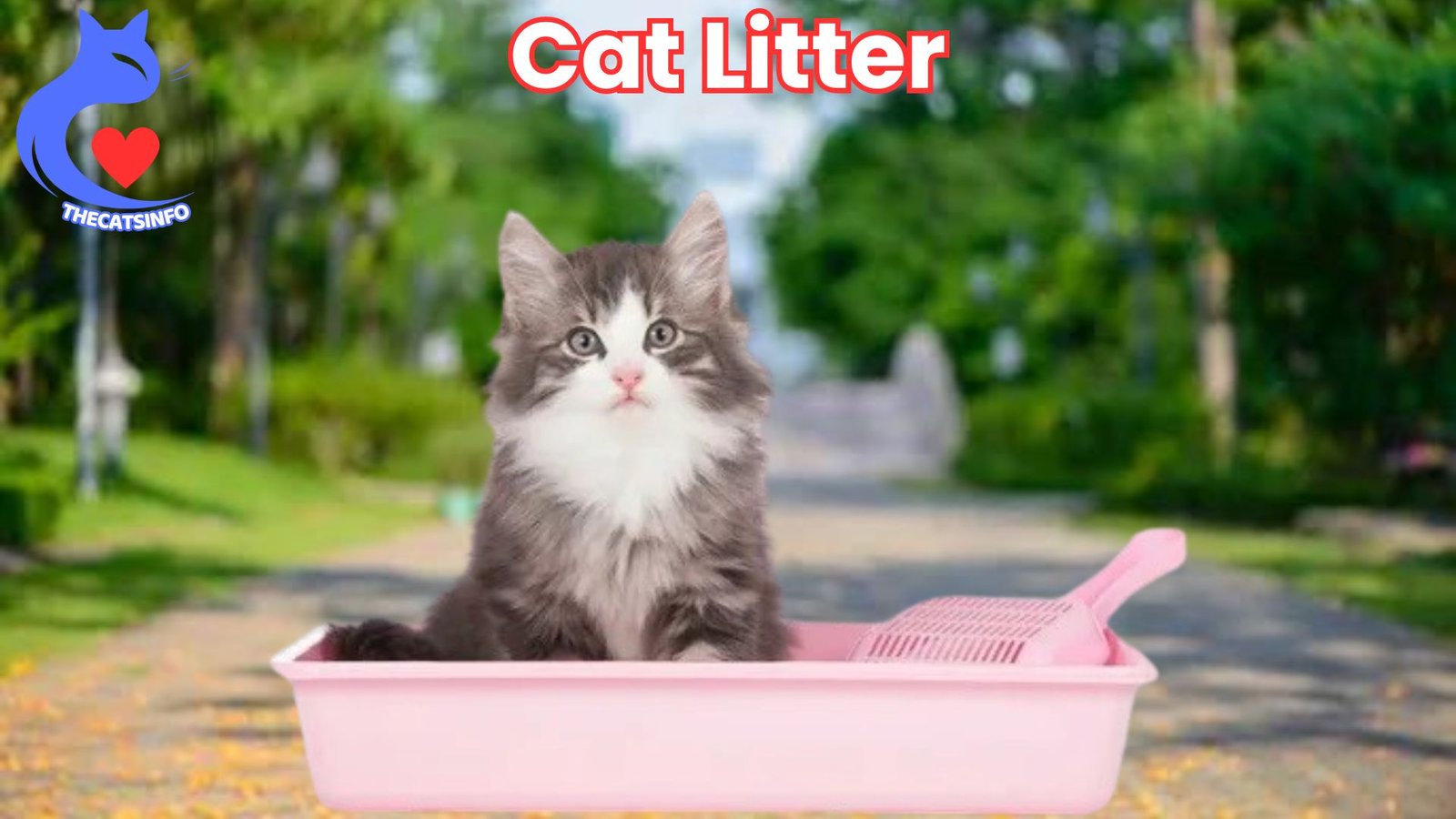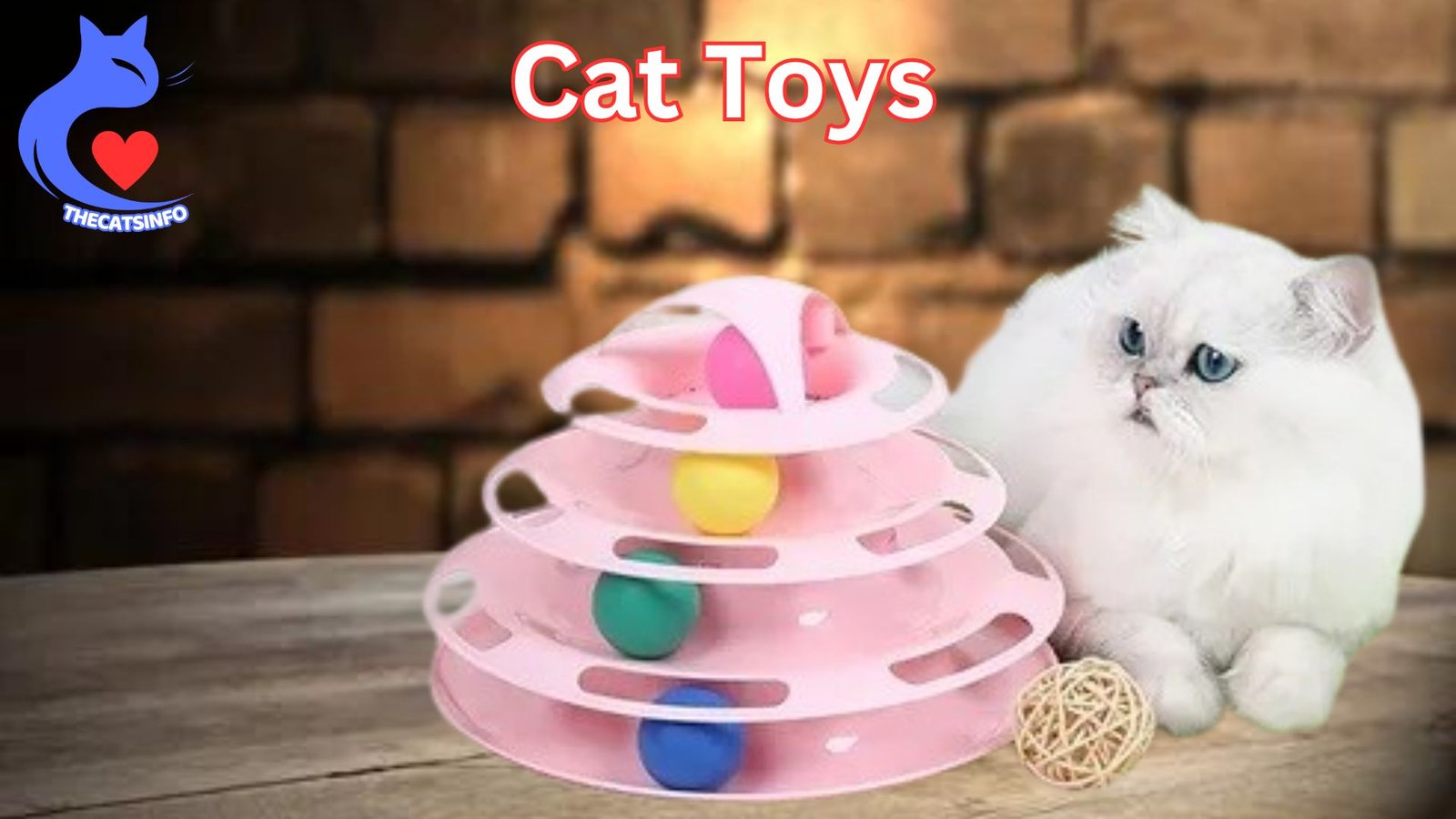Cat Treats: are not just indulgent snacks, they are crucial to your feline friend’s diet and well-being. From training incentives to bonding moments, cat treat offer a myriad of benefits that go beyond satisfying your cat’s cravings. In this guide, we’ll explore everything you need to know about cat treat, including their benefits, types, how to choose the right ones, and even how to make your delicious treats at home.
Benefits of Cat Treats
Nutritional Value
Cat treats can provide additional nutrients and supplements that may be lacking in your temptations cat treats regular diet. Look for treats formulated with high-quality ingredients and fortified with essential vitamins and minerals to support your cat’s overall health and vitality.
Training and Bonding
Using treats as rewards during training sessions can help reinforce positive behavior and encourage obedience in your cat. Additionally, sharing treats during bonding moments can strengthen the bond between you and your feline companion, fostering trust and affection.
Enrichment and Mental Stimulation
Interactive treat dispensers and puzzle toys are excellent tools for providing mental stimulation and preventing boredom in cats. Engaging your cat in interactive play and treat-seeking activities can help satisfy their natural hunting instincts and keep them mentally sharp.
Types of Cat Treats
Crunchy Cat Treats
Crunchy treats are a popular choice among cats for their satisfying texture and tooth-cleaning benefits. These treats come in a variety of flavors and shapes, making them suitable for cats of all ages and preferences.
Soft Cat Treats
Soft treats are ideal for cats with sensitive teeth or those who prefer a softer texture. These treats are often moist and chewy, making them easy to break apart and suitable for cool cat of all ages, including seniors and kittens.
Freeze-Dried Treats
Freeze-dried treats are made by removing moisture from raw ingredients without exposing them to high temperatures, preserving their natural flavor and nutritional value. These lightweight and shelf-stable treats are perfect for on-the-go snacking and training purposes.
Choosing the Right Cat Treats
Ingredients to Avoid
When selecting cat treats, avoid products containing artificial preservatives, colors, and flavors, as well as fillers and by-products. Opt for treats made with real meat or fish as the primary ingredient for maximum nutritional benefit.
Considering Dietary Needs
Consider your cat’s dietary needs and any Cat food sensitivities or allergies they may have when choosing treats. Look for hypoallergenic and grain-free options for cats with sensitive stomachs or dietary restrictions.
Texture and Flavor Preferences
Take into account your cat’s texture and flavor preferences when selecting treats. Some cats may prefer crunchy treats with savory flavors, while others may favor soft treats with fish or poultry flavors. Experiment with different options to find the ones your cat enjoys the most.
How to Use Cat Treats Effectively
Training Purposes
Use treats as rewards during training sessions to reinforce desired behaviors and encourage obedience in your cat. Break treats into small pieces and offer them as incentives for performing commands such as sit, stay, or come.
Bonding Moments
Share treats with your cat during bonding moments to strengthen your relationship and build trust. Offer treats as rewards for affectionate behavior, such as cuddling, purring, or grooming, to create positive associations and deepen your bond.
Enrichment Activities
Lastly, Use treats to stimulate your cat’s mind and encourage physical activity through interactive play and treat-seeking activities. Hide treats around the house or inside puzzle toys to provide mental stimulation and satisfy your cat’s natural hunting instincts.
Homemade Cat Treat Recipes
Tuna Cat Treats
- Ingredients: Canned tuna, egg, flour, water
- Instructions: Mix tuna, egg, and flour into a dough, roll into small balls, and bake until golden brown.
- Chicken and Catnip Bites
- Ingredients: Cooked chicken, catnip, flour, water
- Instructions: Shred chicken, mix with catnip and flour, shape into bite-sized pieces, and bake until crispy.
- Pumpkin and Oat Delights
- Ingredients: Canned pumpkin, oats, egg, honey
- Instructions: Combine pumpkin, oats, egg, and honey, form into shapes, and bake until firm.
FAQs
How many treats should I give my cat each day?
Treats should only make up a small portion of your cat’s daily caloric intake, typically no more than 10% to 15%. Offer treats in moderation to prevent weight gain and maintain a balanced diet.
Are there any ingredients I should avoid in cat treat?
Avoid treats containing artificial preservatives, colors, and flavors, as well as fillers and by-products. Opt for treats made with high-quality ingredients and real meat or fish as the primary ingredient.
Can I use cat treat as a meal replacement?
No, cat treats should not be used as a meal replacement as they do not provide the necessary nutrients for your cat’s overall health and well-being. Treats should be given in addition to a balanced diet of high-quality cat food.
Are homemade cat treat safe for my cat to eat?
Homemade cat treat can be safe and nutritious for your cat when made with high-quality ingredients and following proper Cat food safety guidelines. Avoid using ingredients that may be harmful to cats and consult with your veterinarian if you have any concerns.
What are some signs that my cat may be allergic to certain treat?
Signs of food allergies in cats may include vomiting, diarrhea, itching, and skin irritation. If you suspect that your cat is allergic to certain treats, discontinue use and consult with your veterinarian for further evaluation and guidance.
Conclusion
Cat treat are more than just delicious snacks; they play a vital role in your cat’s diet, training, and overall well-being. By choosing the right treats, using them effectively, and even making your own homemade creations, you can enhance your cat’s life and strengthen your bond with them in meaningful ways.




